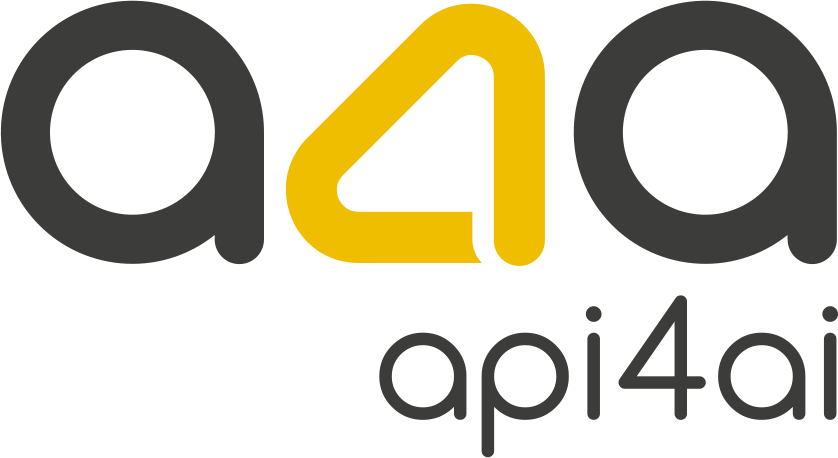
AI APIs for Finance & Banking: 2025 Use Cases & Benefits
In 2025, artificial intelligence is no longer a futuristic add-on in finance — it’s becoming the core engine behind secure, efficient and customer-friendly operations. AI-powered computer vision is playing a critical role in automating document processing and fraud detection, replacing manual bottlenecks with lightning-fast, scalable workflows. From extracting data from ID documents to verifying faces and signatures, these technologies help banks onboard customers faster, prevent fraudulent activities and maintain full compliance with global regulations. In this blog post, we explore how ready-to-use AI APIs and custom vision solutions are helping financial institutions modernize their operations, reduce costs, and deliver exceptional user experiences — while staying one step ahead of emerging fraud threats and rising regulatory demands.
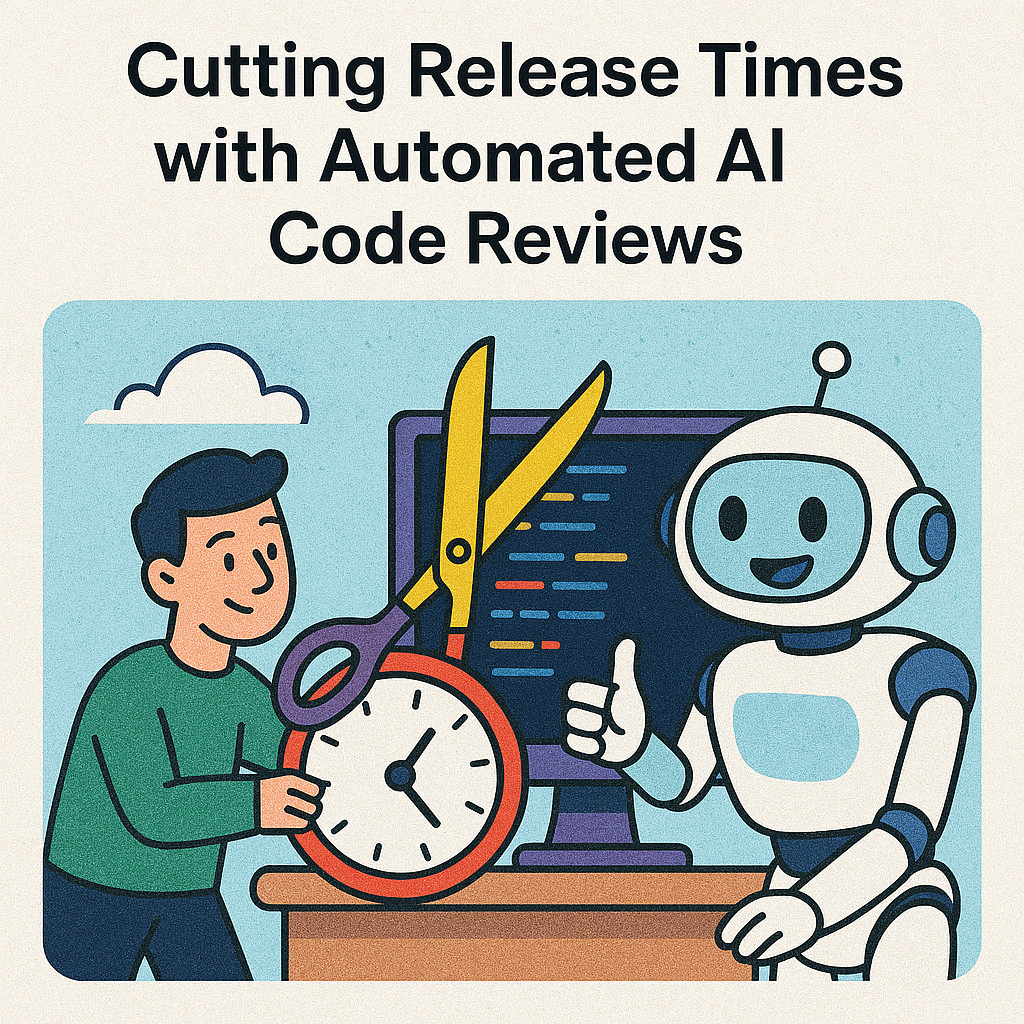
Cutting Release Times with Automated AI Code Reviews
Manual code reviews, while essential for maintaining code quality, often become a bottleneck — causing delays, introducing inconsistencies and increasing developer fatigue. As teams scale and projects become more complex, relying solely on human reviewers slows down release cycles and affects overall productivity. In this blog post, we dive into how automated AI code review APIs are reshaping the software development process. Powered by large language models (LLMs), these tools provide instant, intelligent feedback directly within GitLab and GitHub workflows. We’ll explore how AI reviews enable up to 30% faster release times, reduce context switching, support multiple languages and promote cleaner, more consistent code. From seamless CI/CD integration to the future of auto-suggested fixes, this post covers the key reasons why now is the time to adopt AI-powered reviews and future-proof your development pipeline.

AI in Food & Beverage: Menus & Quality Checks
AI is revolutionizing the food and beverage industry by bringing intelligence and automation to everyday operations. Through advanced image processing, businesses can now recognize dishes from photos, auto-generate and update digital menus and provide accurate nutritional information without manual input. At the same time, AI-driven quality checks are helping detect food spoilage early, ensure brand consistency in packaging and reduce operational waste. These technologies not only streamline internal processes but also enable highly personalized customer experiences based on dietary preferences and order history. As the industry becomes more competitive and consumer expectations rise, AI-powered solutions offer a clear path to greater efficiency, compliance and customer satisfaction. This article explores the key applications, benefits and implementation strategies that are shaping the future of food and beverage through AI innovation.

Game Industry and AI: How Computer Vision Is Shaping the Future of Gaming
Computer vision is rapidly emerging as a cornerstone of modern game development, offering game creators powerful new tools to enhance interactivity, personalization and immersion. From real-time facial recognition and gesture tracking to object detection and scene understanding, computer vision allows games to "see" and respond to the physical world in real time. This blog post explores the most impactful trends and use cases — such as dynamic avatar creation, immersive AR/VR gameplay, intelligent content moderation and brand-integrated monetization strategies — that are redefining the player experience. It also outlines the technical roadmap for implementation, highlights ethical considerations like data privacy and examines the benefits of both ready-to-use APIs and fully custom AI solutions. Whether you're building a mobile AR game, a VR simulation or a cross-platform metaverse experience, understanding and adopting computer vision technology is key to staying competitive and future-ready in the evolving gaming landscape.

Top AI Trends in the Sports Industry for 2025
Artificial intelligence is no longer a futuristic concept in sports — it’s a powerful tool that’s reshaping how athletes train, how fans engage and how decisions are made on and off the field. In 2025, AI-driven solutions such as computer vision, machine learning and big data analytics are playing a central role in real-time player performance tracking, injury prevention and immersive content delivery. From football clubs scouting talent using video analysis to basketball leagues generating automated, personalized highlight reels, the applications are vast and growing. This blog post explores the most impactful AI trends revolutionizing the sports industry today and offers insights into how organizations — whether elite franchises or local clubs — can integrate off-the-shelf APIs or develop custom solutions to stay competitive in a data-driven era.

Image Anonymization API: Automating Privacy Protection
In an age where cameras are everywhere and visual data is collected at an unprecedented scale, protecting personal privacy has never been more important. From smart cities and retail environments to healthcare and academic research, images and videos often contain sensitive information such as faces, license plates and brand identifiers. Without proper handling, this data can expose individuals to risks and put organizations at odds with strict privacy regulations like GDPR and CCPA.
Image anonymization offers a reliable and scalable way to address this challenge. By using AI-powered tools to automatically detect and obscure sensitive elements, organizations can safely use visual content for analysis, sharing or public reporting — without compromising individual privacy. In this blog post, we take a deep dive into how automated image anonymization works, explore real-world use cases and share best practices for implementation. We’ll also look ahead at emerging trends like adaptive anonymization and highlight how cloud APIs can be combined with other image processing tools to build comprehensive, privacy-first solutions.
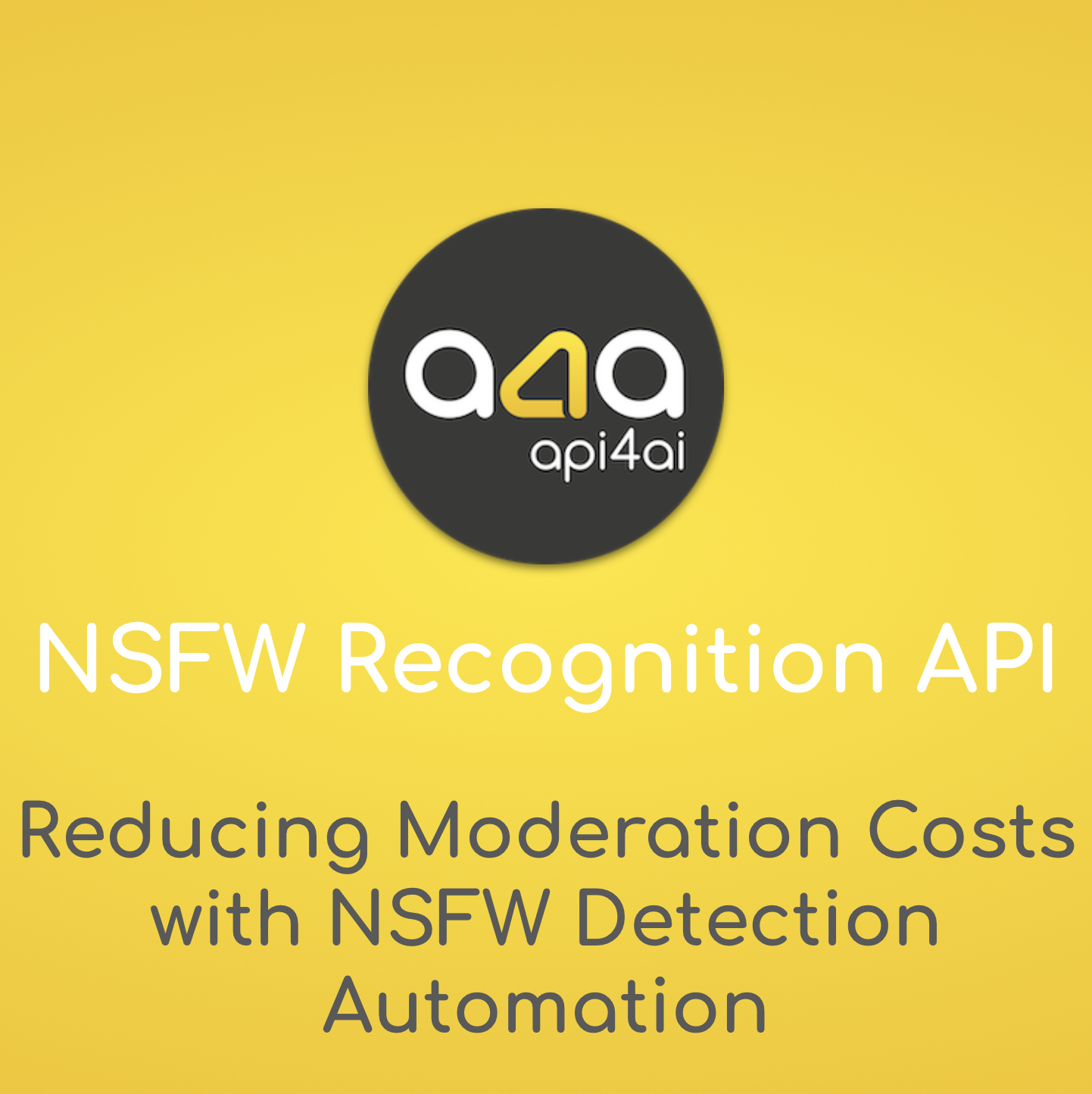
Reducing Moderation Costs with NSFW Detection Automation
As user-generated content continues to flood digital platforms, the challenge of moderating inappropriate material — especially NSFW (Not Safe For Work) content — has become more complex and costly. Relying solely on human moderators is no longer sustainable due to high operational expenses, slow response times and the emotional toll it takes on staff. In this blog post, we take a deep dive into how automated NSFW detection is revolutionizing content moderation. You’ll learn about the technologies powering AI-driven moderation, the key benefits of automation — including cost reduction, improved accuracy, and scalability — and real-world applications across industries like social media, e-commerce, video streaming and online education. Whether you're a startup or an established platform, discover why now is the time to rethink your moderation strategy and explore smart, scalable solutions that protect your users and your brand.
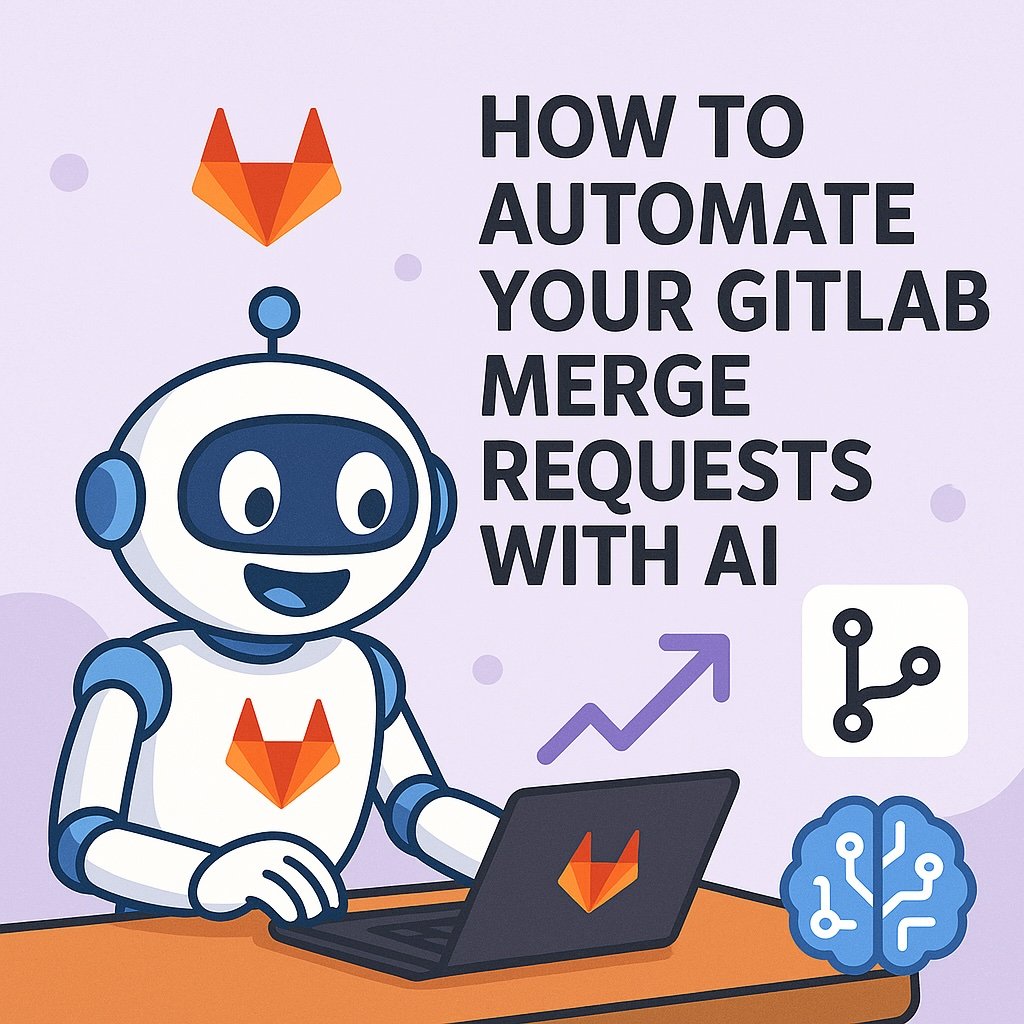
How to Automate Your GitLab Merge Requests with AI
As development teams face increasing pressure to deliver high-quality software at speed, traditional code review processes are becoming a major bottleneck. This blog post explores how integrating AI into GitLab Merge Requests can dramatically improve the way teams review and merge code. From reducing wait times and providing consistent, real-time feedback to supporting multiple programming languages and easing the workload on developers, AI-powered tools are changing the game. We’ll walk through how automated reviews work, highlight best practices for implementation, and showcase CRken — a cloud-based API built on advanced language models — as a real-world example of intelligent automation in action. Whether you're part of a fast-growing startup or a large-scale engineering team, this guide will help you future-proof your workflow and accelerate development without sacrificing quality.
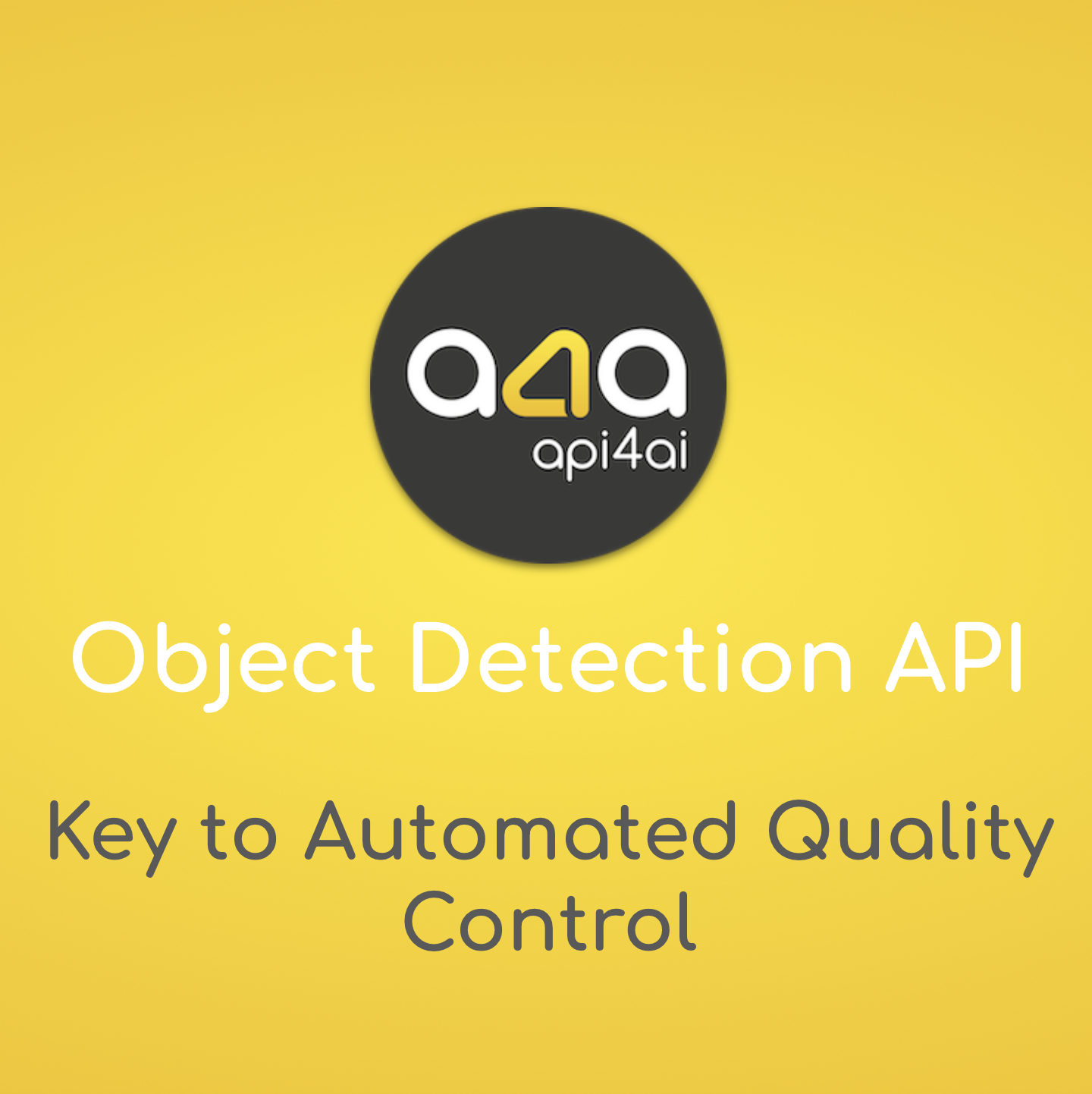
AI Object Detection API: Key to Automated Quality Control
In today’s fast-paced manufacturing environment, maintaining consistent product quality is more critical — and more challenging — than ever. AI-powered object detection is emerging as a powerful solution, enabling real-time identification of defects, reducing human error and streamlining quality control processes across industries. This blog post explores how manufacturers in sectors like electronics, automotive and food and beverage are using automated visual inspection to boost accuracy, scalability and efficiency. Learn about the key benefits, real-world applications and best practices for implementing object detection systems and discover how embracing AI today can lead to long-term profitability, reduced waste and stronger brand trust. Whether through ready-to-use APIs or custom computer vision solutions, the future of manufacturing quality control is here — and it’s intelligent, adaptable and automated.

5 Benefits of Background-Free Images for Auto Dealers
In today’s highly visual and competitive automotive market, the quality of your vehicle photos can make or break a sale. Background-free images are more than just a design choice — they’re a powerful tool for capturing buyer attention, creating a professional and consistent brand image and accelerating the path from listing to sale. In this article, we explore five key benefits of using clean, distraction-free visuals in your auto listings. You’ll also discover how AI-powered tools, like background removal and face detection APIs, are helping dealers enhance efficiency, build customer trust and maximize marketing impact across digital platforms. Whether you're managing hundreds of listings or just a few, embracing smart image processing can set your dealership apart and drive real business growth.

Top Industries Benefiting from Automated Image Anonymization
Visual data is both a powerful resource and a significant liability. Across industries — from healthcare and retail to automotive and financial services — protecting individuals' privacy within imagery is not just ethical but also legally mandatory. Automated image anonymization, powered by cutting-edge AI solutions, offers a robust and efficient way to address these challenges. Healthcare providers rely on these tools to comply with stringent regulations like HIPAA, safeguarding patient identities in medical imaging. Retailers enhance customer trust by anonymizing in-store video analytics and online shopper data. Meanwhile, automotive leaders leverage anonymization to secure personal information collected by smart vehicle cameras. With such widespread adoption and proven efficacy, AI-powered image anonymization APIs represent a transformative shift, helping businesses secure sensitive visual data effortlessly and effectively. Discover how automated anonymization is redefining privacy standards — and how your industry can benefit from these innovative solutions.
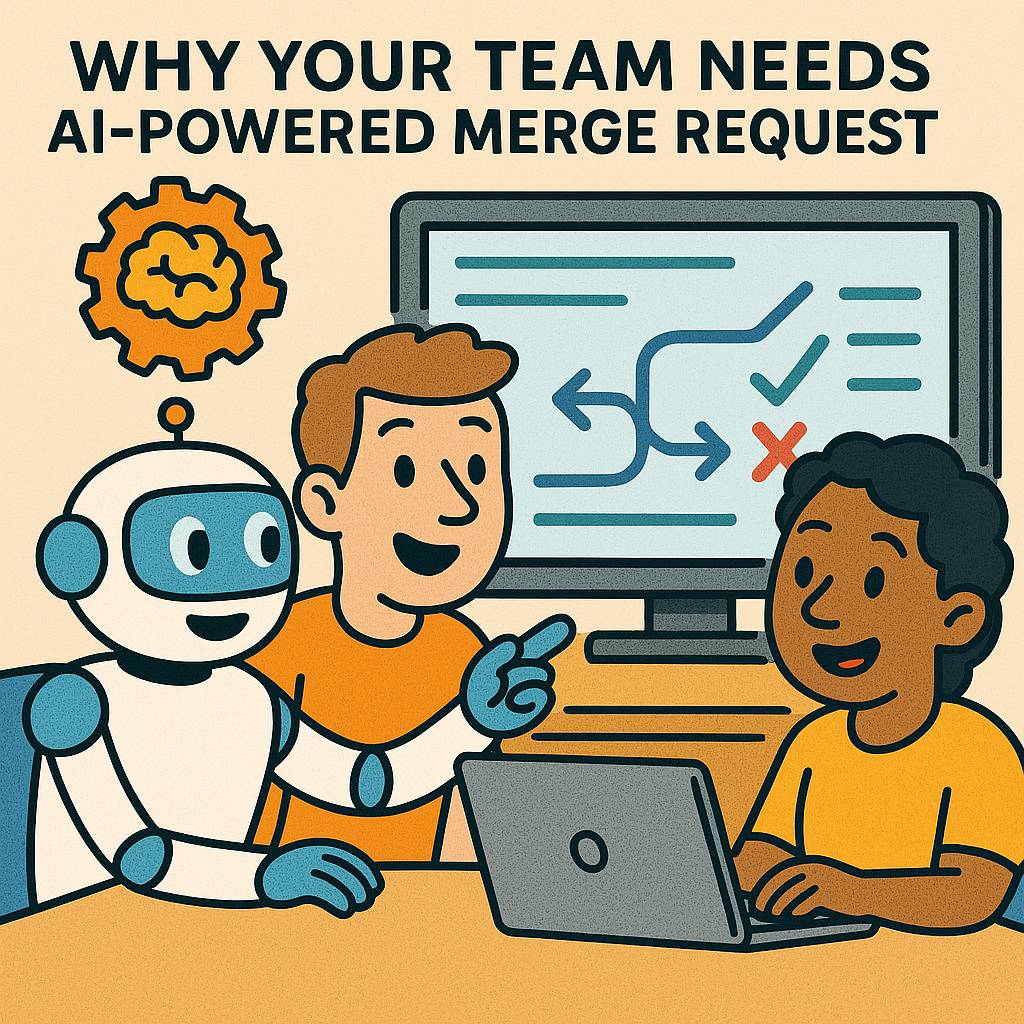
Why Your Team Needs AI-Powered Merge Request Reviews
AI-powered Merge Request reviews are revolutionizing the way software teams approach code quality, collaboration and development speed. Traditional code reviews, while essential, often suffer from delays, inconsistency and limited scalability — especially in fast-paced or growing teams. By leveraging large language models (LLMs), AI-driven tools can automatically analyze code changes, catch potential bugs, enforce coding standards and provide instant feedback within your existing platforms like GitLab. This not only shortens review cycles and reduces context switching but also helps align teams on best practices and fosters a more productive development environment. In this post, we explore how AI-based review solutions, such as CRken, are helping teams release better code faster — and why now is the time to adopt them.

Top AI Trends Shaping the Cybersecurity Industry in 2025
As cyber threats grow more complex, artificial intelligence is rapidly becoming a cornerstone of modern cybersecurity. In this blog post, we explore the top AI trends shaping the industry in 2025 — from real-time threat detection and intelligent access control to cognitive threat analysis and edge-based IoT security. Learn how AI-powered tools, both ready-to-use and custom-built, are transforming digital defense strategies and helping organizations stay ahead of evolving risks.

Top AI Trends in Agriculture for 2025
As agriculture faces rising demands and growing environmental challenges, AI is emerging as a powerful ally for farmers and agribusinesses. From precision farming and real-time crop health monitoring to automated harvesting and predictive analytics, this post explores the top AI trends set to transform agriculture in 2025. Discover how innovative tools and custom AI solutions are driving efficiency, sustainability and long-term profitability in modern farming.

Top AI Trends for the Logistics Industry 2025
The logistics industry is undergoing a major transformation, driven by artificial intelligence. As supply chains become more complex and customer expectations rise, companies need smarter solutions to stay competitive. AI-powered technologies like real-time route optimization, predictive analytics, automated document processing and computer vision are reshaping how logistics providers operate — making deliveries faster, safer and more cost-efficient.
Businesses that adopt AI can reduce operational costs, improve delivery speed, enhance security and boost customer satisfaction. While off-the-shelf AI solutions offer quick integration, custom-built AI applications provide long-term advantages, allowing companies to scale and optimize their logistics strategies.
As we move into 2025, the logistics leaders will be those who embrace AI-driven innovation. Now is the time to explore how AI can transform operations, improve efficiency and set new standards in the industry.

The Future of Software Developer Careers: Should Programmers Fear AI?
AI is transforming software development, but rather than replacing programmers, it is enhancing their capabilities. From AI-powered code assistants to low-code platforms, automation is streamlining workflows and freeing developers to focus on problem-solving, architecture and innovation. While some tasks are being automated, the demand for skilled engineers remains high, especially in areas like AI integration, cloud computing and cybersecurity.
The key to staying relevant is adaptability. Developers who embrace AI tools, learn new technologies and refine their strategic thinking will continue to thrive. Instead of fearing AI, the future belongs to those who leverage its potential to build smarter, more efficient and more scalable software solutions.
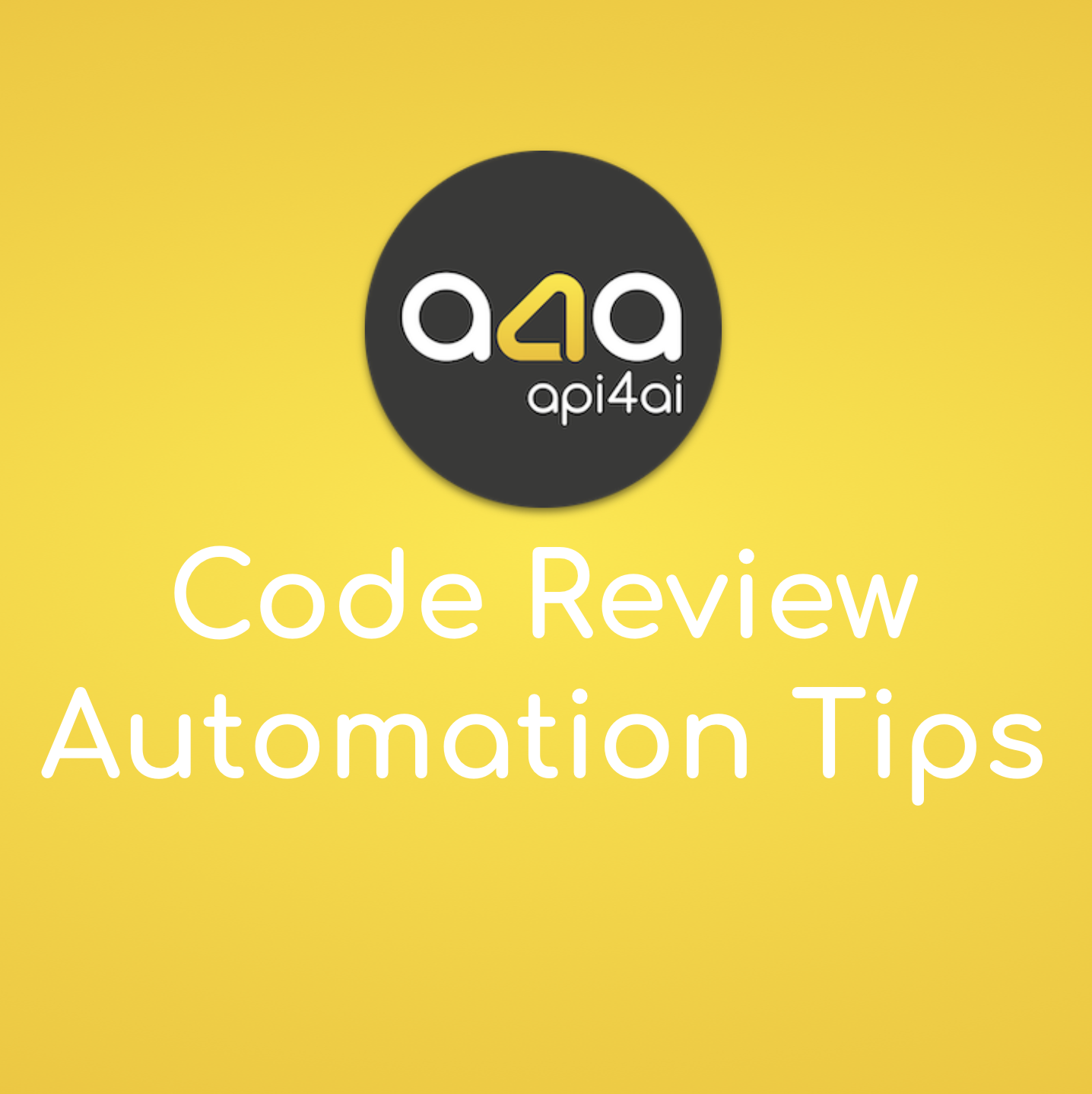
Code Review Automation Tips
AI-powered code review is transforming how teams maintain software quality, accelerate feature releases and enforce best practices. Traditional manual reviews, while valuable, can slow down development and introduce inconsistencies. By leveraging automated code review tools powered by large language models (LLMs), teams can streamline their workflows, ensuring faster, more efficient and more consistent code evaluations.
This guide explores the key benefits, challenges and best practices of integrating AI-driven code review tools, from reducing human error and improving scalability to overcoming common pitfalls like false positives and security concerns. With advancements in context-aware AI analysis, automated code reviews are evolving beyond syntax checks to provide deeper architectural insights and proactive refactoring suggestions.
For teams looking to stay ahead in software development efficiency, embracing AI-driven solutions like CRken can unlock new levels of productivity and collaboration. As AI continues to advance, code review will shift from a manual bottleneck to a seamless, intelligent process that enhances every stage of development.

Automating Privacy Protection in Surveillance Systems
As surveillance systems become more widespread, businesses and organizations face growing pressure to balance security with privacy compliance. AI-powered image anonymization is emerging as a key solution, allowing security systems to automatically detect and obscure faces, license plates and other personal identifiers without compromising the effectiveness of monitoring.
This blog post explores how automated privacy protection is transforming modern surveillance, helping companies comply with regulations like GDPR and CCPA, build public trust and streamline operations. We discuss the latest advancements in AI-driven anonymization, real-world applications across industries and the benefits of integrating privacy-first surveillance solutions.
With evolving technology and stricter privacy laws, businesses must adapt. Whether through ready-to-use APIs or custom AI development, adopting automated privacy protection is no longer just a legal requirement — it’s a smart, future-proof strategy.
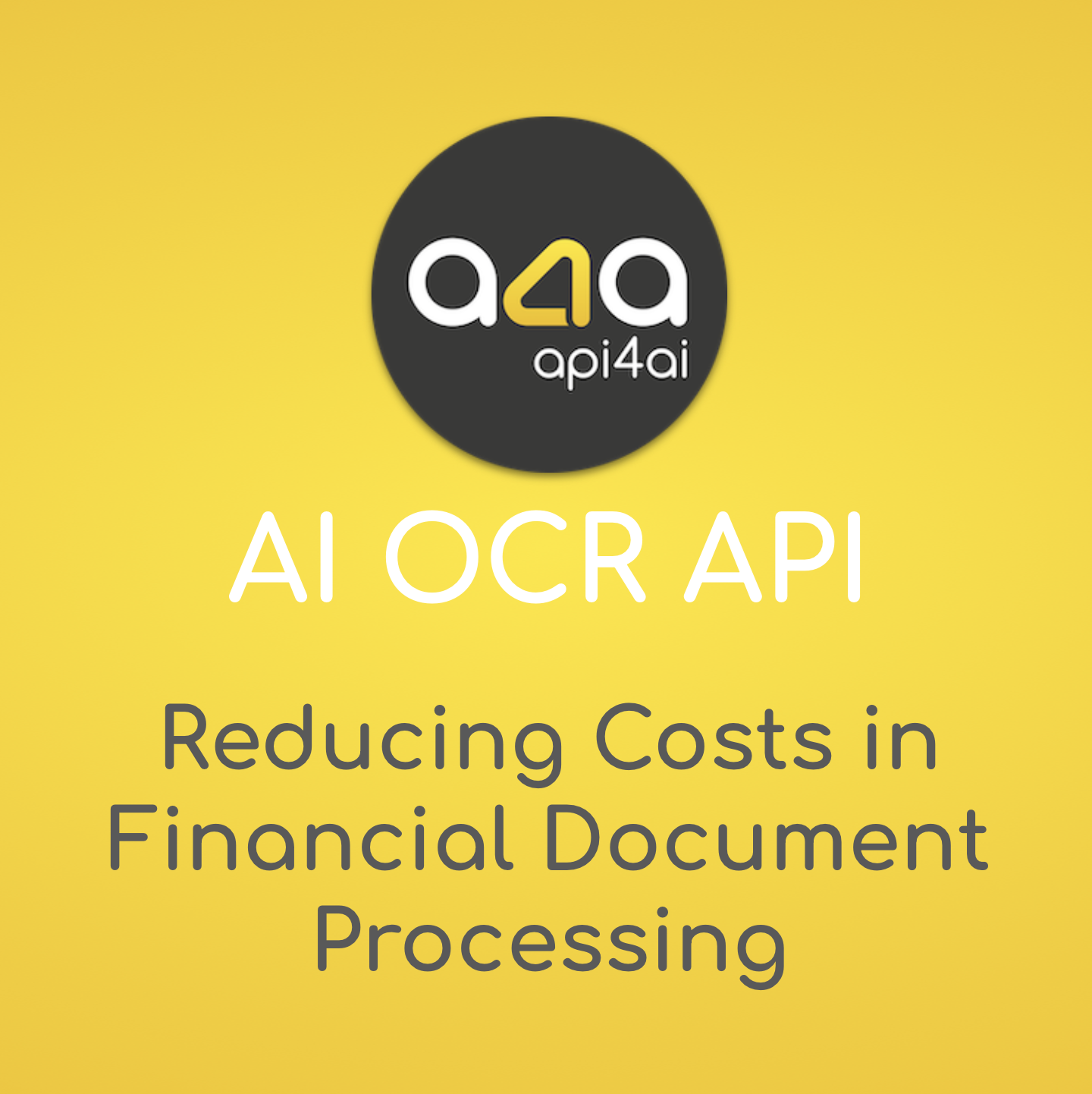
AI OCR API: Reducing Costs in Financial Document Processing
Financial institutions handle vast amounts of paperwork daily, from invoices and loan applications to tax reports and compliance documents. Manually processing these documents is time-consuming, error-prone and costly. AI-powered Optical Character Recognition (OCR) is transforming financial workflows by automating data extraction, improving accuracy and ensuring compliance — all while significantly reducing operational expenses.
This article explores how AI-driven OCR surpasses traditional document processing methods, enhances efficiency in key financial operations like invoice management and KYC procedures, and integrates seamlessly with existing financial systems. With the ability to scale according to business needs, AI-powered OCR not only cuts costs but also unlocks long-term profitability. Whether adopting ready-to-use OCR APIs or investing in custom AI solutions, financial institutions that embrace automation today will gain a competitive edge in the evolving digital landscape.

Top AI Trends Shaping the Finance Industry in 2025
Artificial intelligence is rapidly transforming the finance industry, revolutionizing fraud detection, customer interactions and investment strategies. With AI-powered predictive analytics, real-time data processing and intelligent automation, financial institutions can operate more efficiently, reduce risks and provide hyper-personalized services.
From automated document processing with OCR to AI-driven fraud prevention and risk assessment, machine learning models are optimizing financial workflows and enhancing security. Meanwhile, conversational AI is redefining customer service, offering 24/7 support and tailored financial advice. In investment and trading, AI-driven sentiment analysis and predictive analytics are helping fund managers and traders make smarter, data-backed decisions.
As financial firms navigate an increasingly digital landscape, the choice between ready-to-use AI solutions and custom-built models becomes crucial. While off-the-shelf APIs can streamline operations, tailored AI developments provide long-term competitive advantages, ensuring businesses stay ahead of emerging market trends.
The future of finance belongs to institutions that embrace AI strategically, leveraging its power to drive efficiency, security and customer satisfaction. Those who act now will set new industry standards, shaping a smarter and more adaptive financial ecosystem.
